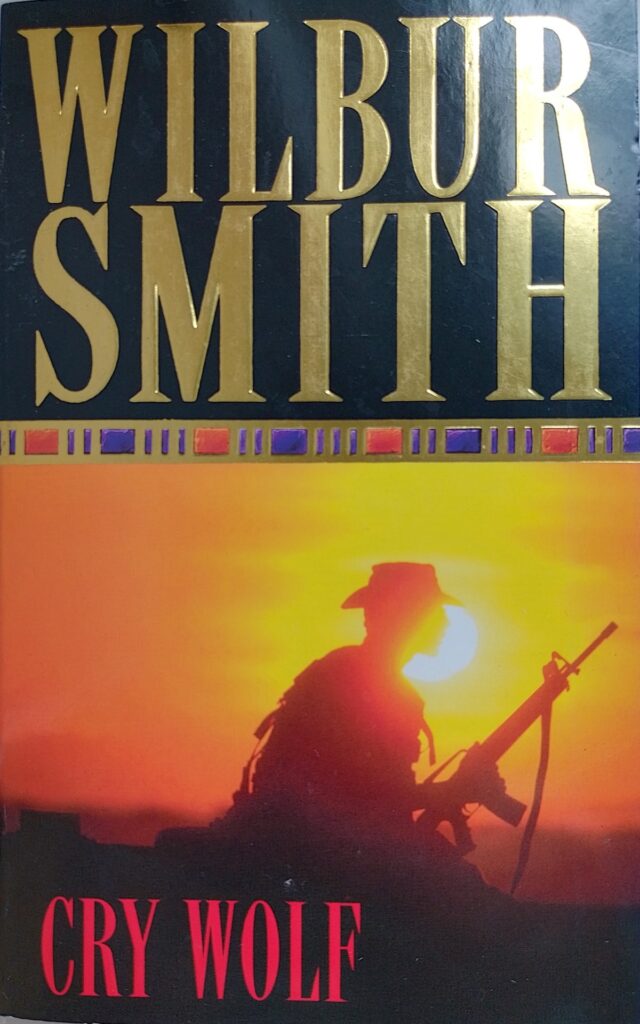First published 1976. Pan paperback, 1998, pp 471, c.150,000 words.
One might expect a book with this title to somehow reference the moral fable from which the phrase is best known, but it doesn’t. Rather the reverse in that the world ignored the Italian atrocities in Ethiopia in the 1930s from before their colonising campaign even began. This is the skeleton of history on which this novel is hung, but the main characters and their actions are invention.
This is white man’s Africa, where other people are undifferentiated and mostly insignificant. The only exceptions are a few of the senior Ethiopians who are either European educated or treated as colourful primitives. Today this attitude is distasteful but no doubt was common place in the 1930s, and even acceptable in the 1970s when this was written. An Ethiopian prince who had been sent to Eton school was nicknamed ‘Toffee’ [p39], hired Tanzanian labourers are ‘blacks’ [p31].
The story concerns a group of people on the make who acquire some aged armoured cars and are hoping to turn a profit. The Ethiopians covert even such obvious wrecks because they are under a global arms embargo. A feisty female journalist sees a way to get to the scene of the action and muscles, or rather charms, her way in. The two main white men are Barton, a solid American engineer, and Swales, a dandyish British former soldier and chancer. These form an engaging group, even if straight out of central-casting. The two white men jockey for the affections of the journalist, who is egged on by a knowing and equally feisty young Ethiopian princess.
There is a lot of fast-paced entertainment as the protagonists are reluctantly drawn in to the coming war. The landscape of the region is well evoked, with its travel difficulties and dangers on display. There is a rather ridiculous set-up for a heroic encounter with a lion.. Briefly we are given the lion’s point-of-view which is well done. The scene occasionally switches to the Italian army and we get the point-of-view of some senior commanders. One of these in particular is a complete caricature of an aristocrat who has been put in charge because of his social position and has no military experience. It is all rather ludicrous but verging on the plausible: cheaply amusing.
There are some very unpleasant descriptions of battles and atrocities committed by both sides. Rather nastier than I would like in what is otherwise a ripping yarn.
The book gives the impression that it was dashed off, and it should be read at pace. There is no great subtlety in the language, metaphors are a bit hit and miss, for example an elephant ‘flapping his ears like the crash of canvas taking the wind on a new tack’ [p370]. Actions are not always thought through: would the dandy, Swales, shake the hand of Barton just after the latter had been deep in disassembling an oily engine? [p14].
If you have a liking for a bit of violence in your entertainment, an unusual and well described location and period, then this is a fine, if light, read.
Wikipedia biography of Smith: https://en.wikipedia.org/wiki/Wilbur_Smith
Wikipedia summary of the book: https://en.wikipedia.org/wiki/Cry_Wolf_(novel)
Others’ reviews of the book: https://www.goodreads.com/book/show/906612.Cry_Wolf?ref=nav_sb_ss_1_18
© William John Graham, July 2024

